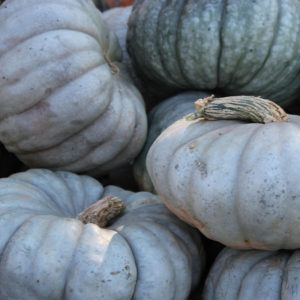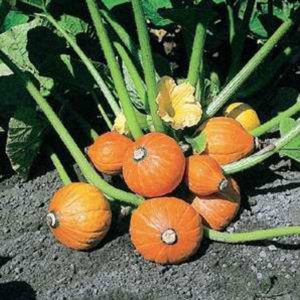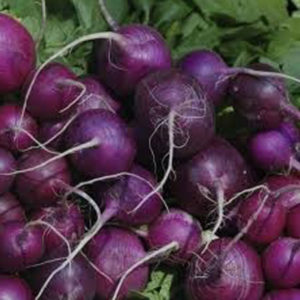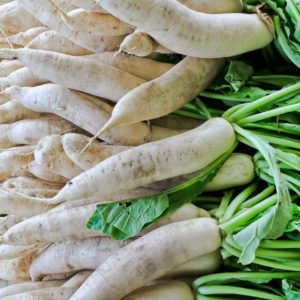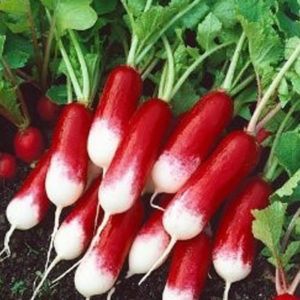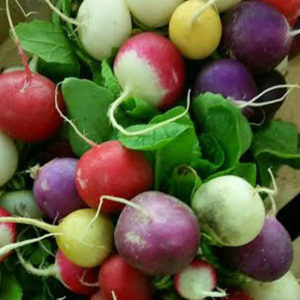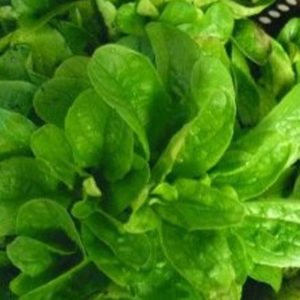-
 Cucurbita moschata Pear shaped pumpkin with pale orange skin, deep orange flesh and small seed cavity. Up to 3kg it’s an ideal size for family's and cooks up any way perfectly. Really good flavour and known through out the world now by many names. Only a reasonable storer compared to others, meaning it will get through winter but no more.
Cucurbita moschata Pear shaped pumpkin with pale orange skin, deep orange flesh and small seed cavity. Up to 3kg it’s an ideal size for family's and cooks up any way perfectly. Really good flavour and known through out the world now by many names. Only a reasonable storer compared to others, meaning it will get through winter but no more. -
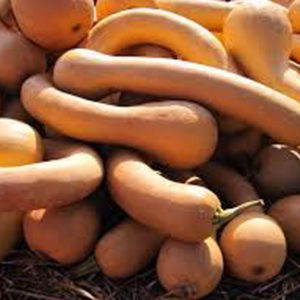
Cucurbita moschate An unusual ‘pumpkin’ in that it’s delicious while still young, picked and eaten like a squash or zucchini. Allowed to mature the skin hardens then Tromboccini should be eaten like a pumpkin. Not as sweet as some it still has great flavour and texture. When baked we added herbs and spices which it absorbed beautifully. Great watching the vines spread either on ground where squashes will ‘curl’ or on fence lines where squashes will hang straight.
-
 Cucurbita pepo This is a remarkable pumpkin? squash? whatever you'd like to call it. Large vine producing round green golden stripey fruit that ripens like most pumpkins, leaving them to mature on vine. Finally once opened there's the gift of sweet golden squash like flesh (great for soups) and delicious fresh pepita's which are so good for you. Plant needs lots of room and sun to prosper.
Cucurbita pepo This is a remarkable pumpkin? squash? whatever you'd like to call it. Large vine producing round green golden stripey fruit that ripens like most pumpkins, leaving them to mature on vine. Finally once opened there's the gift of sweet golden squash like flesh (great for soups) and delicious fresh pepita's which are so good for you. Plant needs lots of room and sun to prosper. -
Out of stock
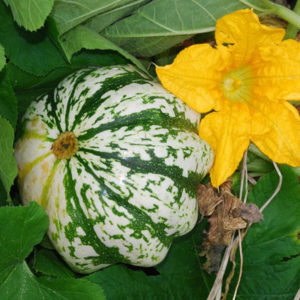 Cucurbita pepo Remarkably sweet small fruit 400gms growing from moderately creeping vine needing good sun and soil. Highly recommended as it's taste is a surprise it's sweetness more so, and just the right size for a meal.
Cucurbita pepo Remarkably sweet small fruit 400gms growing from moderately creeping vine needing good sun and soil. Highly recommended as it's taste is a surprise it's sweetness more so, and just the right size for a meal. -
Out of stock
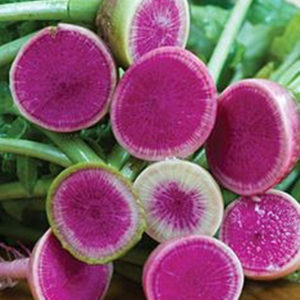 Raphanus sativus Originating from the Daikon family this lovely white radish with deep pink flesh looks beautiful sliced into all dishes. Growing habits same as all radish though not liking hot summers.
Raphanus sativus Originating from the Daikon family this lovely white radish with deep pink flesh looks beautiful sliced into all dishes. Growing habits same as all radish though not liking hot summers.


